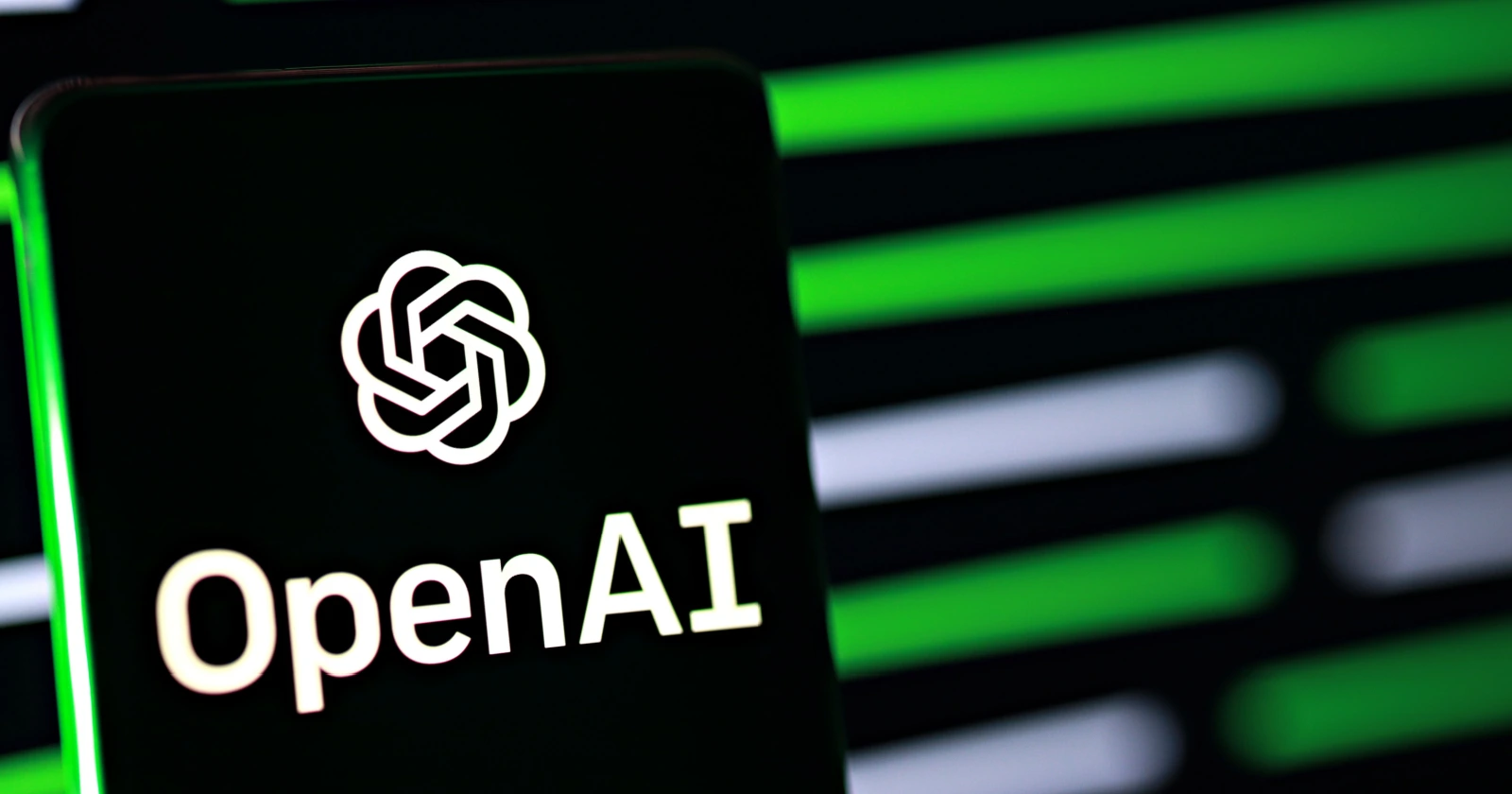OpenAI’s recent surge in infrastructure spending is shifting attention to how major technology companies manage and report their capital expenditures, or capex.
Microsoft, Alphabet, Meta and Amazon are all expected to release quarterly earnings this week, and investors are paying close attention to one key question how much are these companies investing in AI driven infrastructure and what returns can they expect?
Over the past three years, generative artificial intelligence has transformed the tech landscape. OpenAI’s ChatGPT and Google’s Gemini have demonstrated AI’s potential to influence industries from cloud computing to advertising.
In response, the biggest tech firms are expanding their data center and computing infrastructure, largely powered by Nvidia AI chips.
OpenAI, a private company valued at roughly $500 billion, has announced plans to invest about $1 trillion in partnerships with companies including Nvidia, Oracle and Broadcom to build supercomputing centers.
Publicly traded hyperscalers, by contrast, are constrained by shareholder expectations but are still ramping up spending significantly. Analysts at Morgan Stanley estimate hyperscaler capex could grow 24 percent next year to nearly $550 billion.
“Companies are showing unprecedented commitment to investment in AI infrastructure,” said Melissa Otto, head of Visible Alpha Research at S&P Global. “Investors will want to know whether that growth will continue or start to plateau.”
While the AI frenzy is attracting attention, experts caution that the link between capital expenditures and revenue growth is not yet clear.
“These firms are committing hundreds of billions to build the backbone for AI,” said Lauren Taylor Wolfe, co-founder of Impactive Capital.
“The returns on that investment are not immediate, and shareholders are watching closely for evidence of payoff.” Microsoft, for example, is under scrutiny for how its Copilot AI tools are influencing cloud revenue and other business units.
Google must demonstrate that its AI investments help sustain search and advertising revenue amid competition from ChatGPT. Meta, meanwhile, has emphasized how generative AI enhances ad targeting, potentially increasing revenue streams.
Key figures illustrate the scale of AI related investments, Total hyperscaler capex is projected to reach nearly $550 billion next year, a 24 percent increase from 2025 projections.
Three of the largest hyperscalers Alphabet, Amazon and Meta increased their capex by roughly 28 to 30 percent year over year.
Analysts estimate global AI related infrastructure could require more than $5 trillion in capital expenditures by 2030 to meet anticipated demand.
These numbers highlight why investors are treating capital expenditures as a critical indicator of strategic positioning in AI rather than just an accounting metric.
Investors and industry professionals are observing the spending with both excitement and caution.
“We are building the foundations for the next decade of computing,” said Raj Patel, a portfolio manager at a San Francisco based technology fund.
Data center executives note the logistical complexity of these investments. “Companies are committing now to power, cooling and real estate contracts that will take years to fully deploy,” said a senior executive at a large data center operator.
Enterprise IT leaders also voice caution. “AI is promising, but we need to see a clear path from infrastructure to tangible revenue,” said Linda Chen, CIO of a major retail chain in New York.
Looking ahead, analysts expect earnings calls to focus on several key themes, Investment trajectory, Companies will need to clarify whether capital expenditures are accelerating, slowing or stabilizing.
Link to revenue, Investors want to understand how infrastructure investment supports growth in cloud computing, advertising or AI services.
Global impact, As demand for AI compute grows worldwide, hyperscalers’ capital plans will have implications for data center supply chains, energy consumption and international operations.
Risk assessment, Massive infrastructure projects carry the potential for stranded assets if AI adoption or demand slows. Capital expenditures is expected to appear prominently in discussions of financial strategy and AI development.
OpenAI’s extraordinary spending has raised the benchmark for infrastructure investment in artificial intelligence.
As Microsoft, Alphabet, Meta and Amazon report quarterly results, investors will scrutinize capital expenditures for clues about future growth, competitive positioning and return on investment.
While these numbers signal ambition and scale, the critical test will be whether the investments translate into sustainable business results.
Capital expenditures, once a routine line item, have become a key measure of how the largest technology companies are preparing for an AI driven future.

